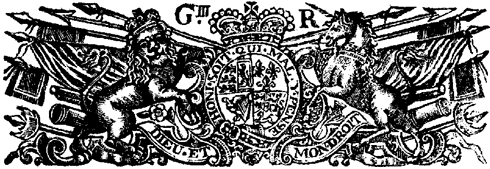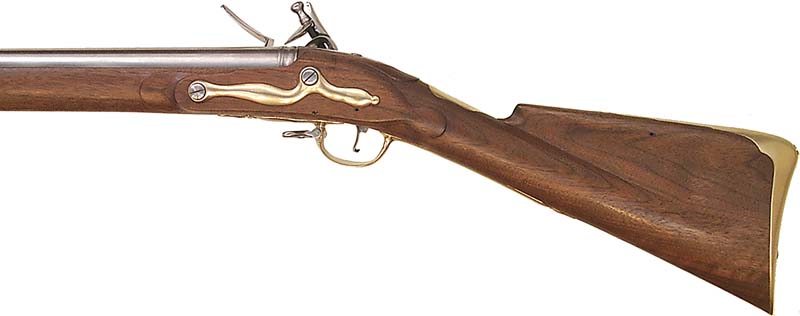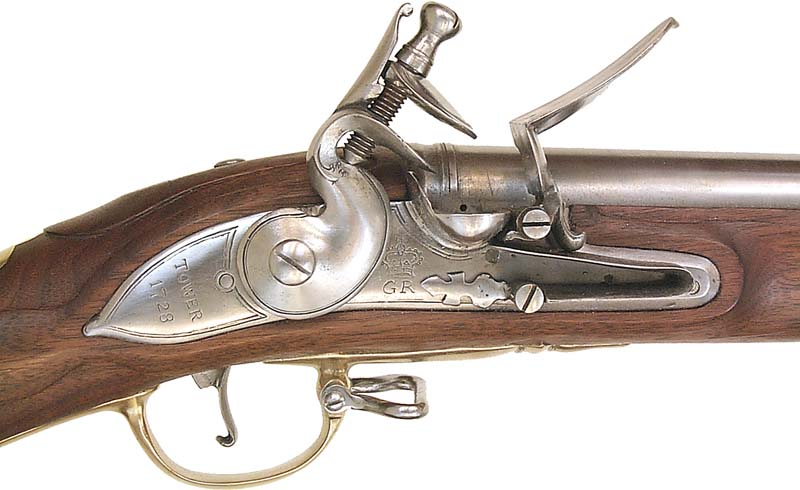

The First Foot Guards
We are a Revolutionary War
reenactment group based in Boston MA,
accurately portraying the royal household regiment that is now known as
The Grenadier Guards
The
'Brown Bess'
Short Land Service Musket (new Pattern) 1768
Brown
Bess pictures
Click
'Brown Bess' is the popular name of a series of flintlock muskets produced by or for the British Army over a long period (from the Marlborough wars in the early 1700s to the Napoleonic wars in the early 1800s). The term 'Brown Bess' was certainly used in America during before and during the RevWar, but it was a slang term that may not have been used as invariably as the term is used today. It is a convenient, if loose, description. The weapon borne by the First Foot Guards in the American conflict was officially referred to as the Short Land Service Musket (new pattern) 1768. NCOs carried shorter versions, called fusils.
There is much to learn about this famed weapon and all its variations.
For a fairly detailed treatment
you should read George C Neumann's account from the American Rifleman
magazine, April 2001. This is an excellent and authoritative treatment of the
subject from a historian who is well known to weapon enthusiasts, and to the
reenactment community.
Mr Neumann recently
added a much needed dimension to the British Brigade 2001 reenactment of the
Battle of White Plains by giving an entertaining commentary to the spectators.
History of gunpowder
Basic misconceptions about muskets.
Click
George
Neumann's article
Offsite
link
Phrases
in use to this day:
"lock stock and barrel"
"a flash in the pan"
"going off at half cock"
Brown Bess:
where did the name come from?
Click
More on the origin
of the name
Click
The army
commands for loading and firing
Click
Kipling's
entertaining poem 'Brown Bess'
Click
The parts
of the Brown Bess
Click
The bayonet
Click
More on
contemporary muskets
Massachusetts Firearms Seminars
Offsite link
"From musket
to breechloader"
Article by Prof Richard
Holmes
BBC
offsite link
Flintlock
terminology
Names of all the parts
Offsite
link
More on
the Brown Bess and other weapons
Hogarth Museum of Arms & Armour
Offsite
link
Replicas
for sale
I don't know how good these items are.
Offsite link
| Furniture (fittings) | Brass |
| Caliber of bore | .75 (.75 inch) |
| Caliber of projectile | .71 (.71 inch) |
| Projectile | One ounce lead ball |
| Theoretical maximum range | 250 yards |
| Effective maximum range (100 round volley) | 150 - 200 yards |
| Effective maximum range (Single round) | 100 - 150 yards |
| Favored range | Less than 100 yards |
| Weight | 9lbs 11 oz |
| Optimum effect at 30 yards | Will penetrate 3/8" of iron or 5 inches of oak |
| Rate of fire (Optimum) | 4 - 5 rounds per minute |
| Rate of fire (actual) | 2 - 3 rounds per minute |
| Rate of misfire | 20 - 40% |




NEXT BROWN BESS PAGE
Click
Go to 'companies' page
to learn more about First Foot Guards Uniforms and equipment
Click